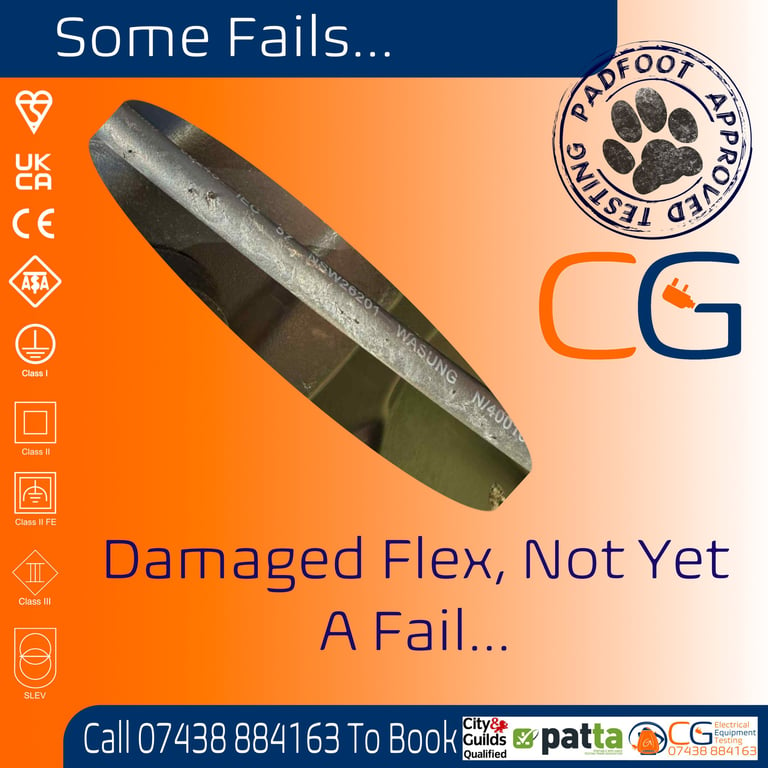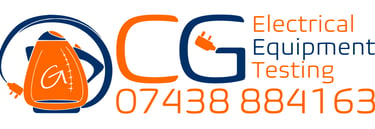The Importance of Cable Sheathing
When it comes to electrical safety in the UK, every detail matters—and that includes the protective sheathing on cables. Often overlooked by those not in the trade, the outer sheaf (or sheath) of a cable plays a critical role in ensuring safety, system integrity, and compliance with UK regulations. Whether you're a qualified electrician, an apprentice, or a DIY enthusiast, understanding the importance of cable sheathing is essential.
ELECTRICAL SAFETY
8/1/20253 min read


The Importance of Cable Sheathing: Why It Should Never Be Cut, Scraped, or Damaged
When it comes to electrical safety in the UK, every detail matters—and that includes the protective sheathing on cables. Often overlooked by those not in the trade, the outer sheaf (or sheath) of a cable plays a critical role in ensuring safety, system integrity, and compliance with UK regulations. Whether you're a qualified electrician, an apprentice, or a DIY enthusiast, understanding the importance of cable sheathing is essential.
What Is Cable Sheathing?
Cable sheathing refers to the external insulating layer of a cable, typically made of PVC or other thermoplastic materials. This outer covering protects the internal conductors and insulation from mechanical damage, moisture, UV rays, chemicals, and other environmental factors.
It is not just a cosmetic finish—it is a critical safety component.
Why Intact Cable Sheathing Is Essential
Electrical Insulation & Safety
The sheathing helps prevent accidental contact with the inner live conductors.
Damage to the sheathing can expose the inner insulation, which may degrade over time or be compromised, increasing the risk of electric shock or fire.
Mechanical Protection
It shields the cable from physical stress, abrasion, and crushing forces.
Any cut, nick, or abrasion compromises the cable's ability to withstand these hazards, especially in high-traffic areas or where cables are buried or fixed to walls.
Environmental Defence
Cables exposed to moisture or chemical agents are particularly reliant on intact sheathing to prevent corrosion or water ingress.
Abraded sheathing can accelerate insulation failure due to water tracking or ingress in damp environments.
Fire Safety
Damaged cable sheaths can increase the likelihood of arcing, which is a common cause of electrical fires.
In the event of a fire, certain sheathing materials are flame-retardant and prevent the spread of fire along cable routes.
What UK Regulations Say
Under UK law and guidance, damaged cable sheathing is considered a significant defect and must be remedied. The following standards and regulations apply:
1. BS 7671 (IET Wiring Regulations)
The 18th Edition of the IET Wiring Regulations (BS 7671) lays out requirements for the proper selection and erection of wiring systems, including protection against mechanical damage (Section 522).
Regulation 522.8.1 requires that wiring systems be selected and erected so as to avoid during installation, use, or maintenance, any harmful effects caused by mechanical stress.
Regulation 134.1.1 mandates that electrical equipment (including cables) must be installed in a way that ensures safe and proper operation.
Damaged sheathing violates these standards and would be flagged during an Electrical Installation Condition Report (EICR) as a C2 fault: "Potentially Dangerous" — requiring urgent remedial action.
2. The Electricity at Work Regulations 1989
This legal framework places a duty on employers and those in control of electrical systems to ensure systems are constructed and maintained safely.
Regulation 4(2) requires that all systems be maintained to prevent danger.
Allowing cables with damaged sheathing to remain in service may constitute a breach of this regulation and could result in enforcement action by the HSE (Health and Safety Executive).
Consequences of Ignoring Damaged Sheathing
Shock Hazard: Increased risk of electric shock to users or maintenance personnel.
Short Circuits: Exposed or weakened insulation can lead to faults and system failure.
Fire Risk: Electrical arcing from damaged sheathing is a leading cause of domestic and industrial fires.
Non-Compliance: Risk of failed inspections, void insurance, or prosecution for non-compliance.
Best Practices for Handling Cable Sheathing
Avoid Over-Stripping: Use proper tools and techniques to strip cable ends without damaging inner insulation.
Protect Cables: Use trunking, conduits, or mechanical protection in high-risk environments.
Inspect Regularly: Conduct routine checks during installation and periodic inspections (e.g., EICRs).
Repair or Replace: Damaged sheathing should not be taped over as a permanent fix. Replace the cable or install an appropriate junction if necessary.
Conclusion
Cable sheathing is not just a protective layer—it's a fundamental part of a safe electrical installation. Damaging, cutting, or abrading it, whether accidentally or through improper handling, can have serious safety implications and may breach UK electrical regulations.
Always treat cables with care, use proper tools, and follow BS 7671 and the Electricity at Work Regulations to ensure safety and compliance. Remember: if the sheath is compromised, so is the system.
For more guidance or electrical safety advice, consult a qualified electrician or refer to the latest IET Wiring Regulations.
Things we see during our testing...
Reliable appliance testing across South Wales.
© 2025. All rights reserved.






